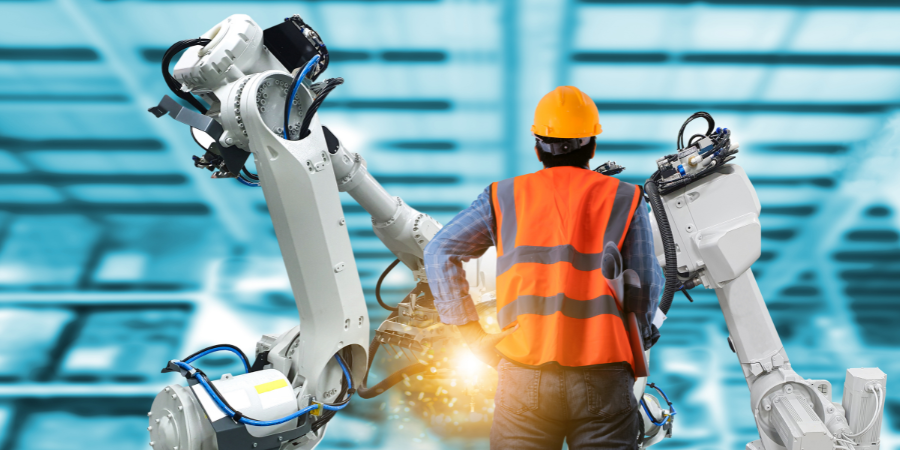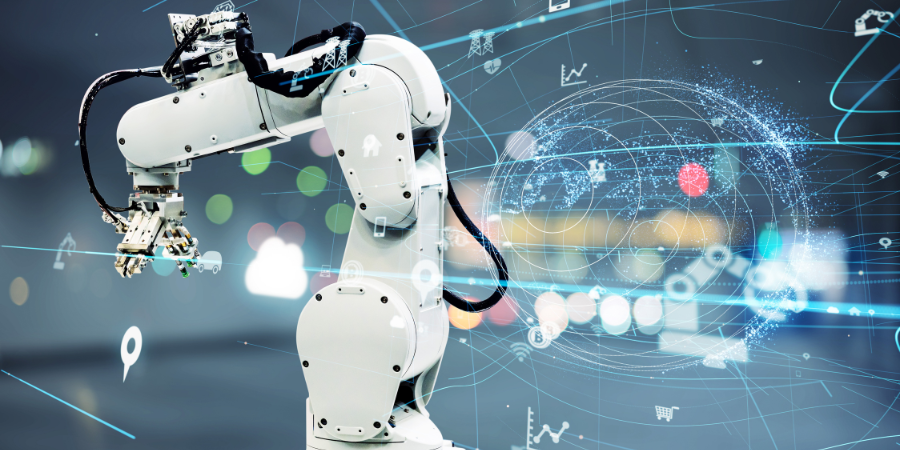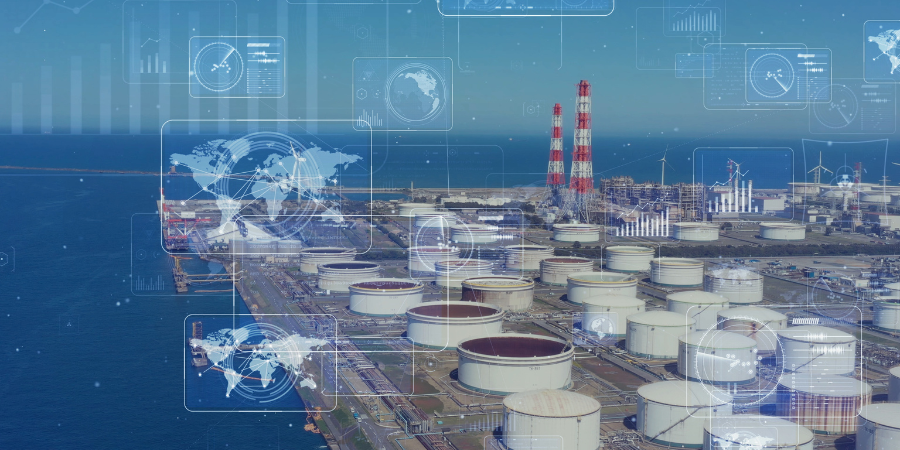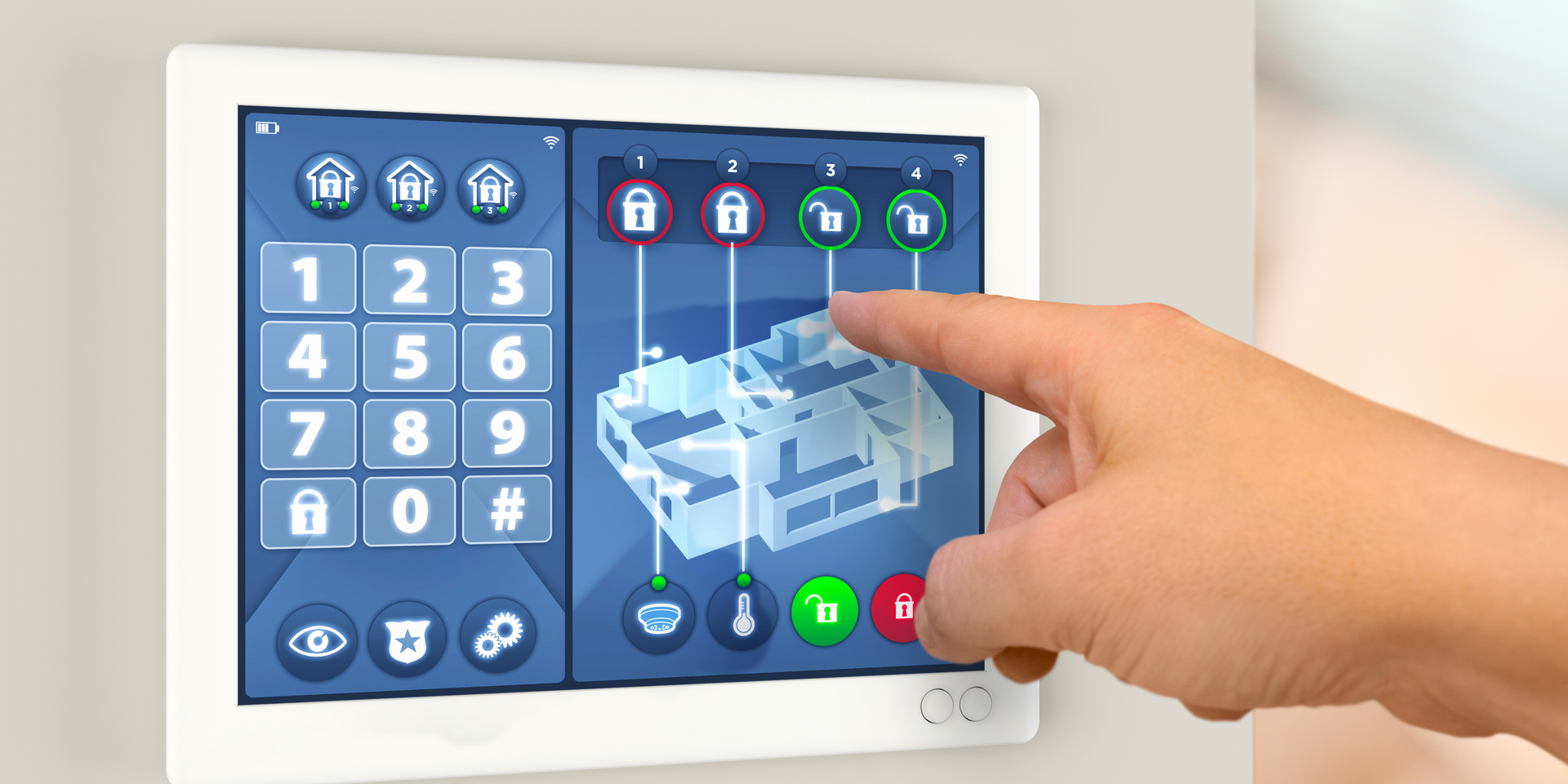Automation
What is Automation
Automation refers to the technology by which a process or procedure is performed with minimal human assistance, often involving the use of various control systems for operating equipment such as machinery, processes in factories, and other applications to increase efficiency and reliability. In the broader sense, automation encompasses everything from mechanical devices to sophisticated software systems that perform tasks autonomously, reducing the need for manual intervention. Automation is applied across various domains, including manufacturing, transportation, service industries, and home applications, enhancing productivity, accuracy, and safety.
Benefits of Automation
Automation significantly enhances efficiency and productivity by allowing tasks to be performed faster and more consistently than would be possible with human labor, leading to increased output and operational cost savings. It improves quality and reliability, as automated processes are less prone to errors compared to manual operations, ensuring consistent product quality and adherence to standards. Automation also enhances safety in working environments by handling dangerous tasks, reducing the risk of injury to human workers, and contributing to overall workplace safety.
Industrial Automation
Industrial automation involves the use of control systems, such as computers or robots, and information technologies for handling different processes and types of machinery in an industry to replace a human being. It plays a crucial role in improving productivity and efficiency, while reducing human error in the manufacturing process, involving applications ranging from small control systems to large-scale industrial networks. Industrial automation is pivotal in industries due to its ability to perform tasks that are beyond human capabilities in terms of speed, size, and endurance, and can significantly enhance the quality and flexibility of manufacturing.
History of Automation
The history of automation dates back to ancient civilizations, with early examples including the use of water clocks and automata, but it significantly progressed during the Industrial Revolution with the introduction of mechanical looms and assembly lines. The 20th century saw major advancements with the development of electronics and computers, leading to more complex automation systems in manufacturing and beyond. The evolution of automation has been marked by the integration of digital technologies, particularly with the advent of computers and robotics, transforming industries and everyday life, and setting the stage for future innovations in the field.
What is Automation Used For
Automation is used to streamline processes across various industries, enhancing efficiency, reducing human error, and increasing productivity by allowing machines and software to perform repetitive or complex tasks. In the manufacturing sector, automation is utilized to control machinery and industrial processes, optimizing production flow and improving product quality while minimizing labor costs and human intervention. Beyond industrial applications, automation finds use in everyday life, from automated billing systems in finance to smart home devices that manage lighting and temperature, demonstrating its versatility and widespread impact.

Industrial Automation Engineering
Industrial automation engineering focuses on designing, implementing, and maintaining automated systems in industrial settings, leveraging technologies like robotics, control systems, and information technologies to optimize production processes. This field of engineering plays a critical role in developing innovative solutions to enhance industrial efficiency, safety, and reliability, requiring a deep understanding of both the technological and operational aspects of automation. Industrial automation engineers work on a variety of systems, from robotic assembly lines to sensor networks and data acquisition, ensuring that industrial operations are seamless, cost-effective, and adaptable to changing market demands.
What is Automation and Its Example
Automation refers to the use of technology to perform tasks without human intervention, ranging from simple mechanical devices to complex software systems that make decisions based on real-time data. An example of automation is a programmable logic controller (PLC) system in a manufacturing plant, which automates the control of machinery on an assembly line, adjusting operations based on specified criteria without human input. Another example is email filtering, where software automatically sorts incoming emails into folders based on predefined rules, illustrating how automation can enhance efficiency and organization in both industrial and administrative contexts.
Fixed Automation Examples
Fixed automation, also known as hard automation, refers to the use of specific equipment to automate a sequence of operations, typically characterized by high production rates and dedicated to a particular task without flexibility for changes. An example of fixed automation is an automotive assembly line, where a series of workstations are configured to perform a set sequence of operations to assemble cars efficiently, with little to no variation in the process. Another fixed automation example is a bottling plant where bottles are cleaned, filled, capped, and labeled through a fixed sequence of procedures, demonstrating how fixed automation is essential for high-volume, repetitive manufacturing tasks.
What are the 4 Types of Automation
- Fixed Automation: Fixed automation, also known as hard automation, refers to production facilities where the sequence of processing operations is fixed by the equipment configuration, emphasizing high production rates and dedicated to a specific product or task.
- Programmable Automation: In programmable automation, the equipment is designed with the flexibility to change the sequence of operations to accommodate different product configurations, typically used for batch production processes.
- Flexible Automation: This type of automation provides an even higher level of flexibility, allowing for quick changes in the production setup, making it ideal for manufacturing environments where a variety of products are processed or where production volumes fluctuate.
- Integrated Automation: Integrated automation involves a fully automated production system where various processes and systems are connected and communicate with each other, often incorporating advanced data analytics, IoT, and AI to optimize and control the entire manufacturing process seamlessly.
Automation Topics
Automation topics encompass a broad range of subjects, such as robotics, artificial intelligence, machine learning, process automation, and smart manufacturing, reflecting the diverse applications and ongoing developments in the field of automation. Other significant topics include the impact of automation on the workforce, ethical considerations in automated decision-making, and the integration of IoT devices to enhance automation in various sectors. Emerging trends in automation also explore the convergence of cyber-physical systems, the use of big data analytics for predictive maintenance, and the advancement of autonomous systems in industries and daily life.
Automation Companies
Automation companies specialize in developing technologies and solutions that enable automated processes across various industries, playing a pivotal role in advancing manufacturing, healthcare, logistics, and more. These companies range from established industry giants that provide a wide array of automation equipment and software, to innovative startups focusing on niche aspects of automation, such as robotic process automation (RPA) or AI-driven analytics. Well-known automation companies might include Siemens, ABB, and Schneider Electric, which offer extensive portfolios of automation products and services, while newer firms often push the boundaries of automation technology, focusing on specific applications like autonomous vehicles or drone technology.

What are the Three Types of Automation
Automation can be categorized into fixed automation, where machines are designed to perform specific, unchanging tasks; programmable automation, which allows for flexibility and reprogramming for various tasks; and flexible automation, characterized by its ability to quickly adapt to different manufacturing processes without significant downtime. Another perspective classifies automation into physical automation, which involves machinery and robots performing physical tasks; software automation, where software applications automate data processing and digital tasks; and industrial automation, which combines both physical and software systems to enhance manufacturing and industrial processes. Additionally, automation extends to home and office environments, with home automation encompassing smart devices that control lighting, temperature, and security, and office automation including systems that streamline data management, communication, and routine administrative tasks.
Types of Automation
Automation can be categorized into several types, such as manufacturing automation, office automation, and home automation, each designed to improve efficiency and effectiveness in their respective environments by reducing human intervention. Within these categories, automation can further be broken down into process automation, robotic automation, and computer automation, reflecting the diversity in applications and methodologies across various industries and sectors. Emerging trends in automation also explore the integration of artificial intelligence and machine learning, expanding the capabilities of automation beyond routine tasks to include decision-making and problem-solving processes, thereby enhancing the scope and impact of automated systems in various fields.
Industrial Automation PDF
An industrial automation PDF would provide an in-depth look at how automation technologies are applied in manufacturing and production processes, discussing the benefits, challenges, and future trends in the sector. Such a document might cover the principles of automation, including the use of control systems, robotics, and information technologies, to improve product quality, enhance efficiency, and reduce operational costs in industrial settings. Additionally, the PDF could offer insights into the role of IoT, AI, and machine learning in advancing industrial automation, illustrating how these technologies contribute to the creation of smart factories and the optimization of supply chains.
Automation Technology
Automation technology refers to the use of various technological tools and systems, such as AI, robotics, and software, to perform tasks that would otherwise require human intervention, enhancing efficiency, precision, and productivity. In the context of manufacturing, automation technology includes the deployment of assembly lines, CNC machines, and robotic arms to improve production speed and quality while reducing errors and operational costs. Beyond manufacturing, automation technology plays a critical role in sectors like healthcare, finance, and customer service, where it helps streamline processes, analyze vast amounts of data, and improve service delivery, showcasing its versatility and impact across different domains.
Advanced Process Control (APC)
Advanced Process Control (APC) involves using sophisticated algorithms and strategies to improve the performance and efficiency of industrial processes. APC systems can predict future process behavior, make real-time adjustments, and optimize operational parameters, leading to enhanced productivity and reduced costs.
What is an Example of Industrial Automation
An example of industrial automation is the use of robotic arms in an automotive assembly line, where they perform tasks such as welding, painting, and assembling parts with precision and efficiency, significantly reducing production time and human labor. Programmable logic controllers (PLCs) are commonly used in industrial automation to control machinery and processes, ensuring consistent quality and performance in manufacturing environments. Automated material handling systems in warehouses, which include conveyors and automated guided vehicles (AGVs), streamline the movement of goods, reducing manual effort and optimizing logistics and inventory management.

What is Automation PDF
An automation PDF refers to a document that provides comprehensive details about automation concepts, technologies, applications, and best practices, serving as an educational or informational resource. These PDFs often include tutorials, case studies, and insights into how automation can be effectively implemented to improve efficiency, accuracy, and productivity in various sectors. For industrial contexts, an automation PDF might cover topics like the integration of IoT devices, the application of AI in manufacturing processes, and strategies for transitioning to more automated production systems.
What is an Example of Automation
A common example of automation in daily life is the use of home automation systems, where devices like smart thermostats adjust heating and cooling based on user behavior and preferences, enhancing comfort and energy efficiency. In the office setting, automation examples include email filtering and scheduling software, which help organize and prioritize communications and tasks without manual input, improving productivity and focus. On a larger scale, traffic light control systems use automation to manage the flow of vehicles based on real-time traffic conditions, optimizing efficiency and reducing congestion on city roads.
What are 4 Examples of Automation
- Smart Home Automation: These systems offer homeowners enhanced comfort and energy efficiency by automating routine tasks, such as adjusting thermostats and lighting based on learned preferences and behaviors. For instance, a smart thermostat can reduce heating or cooling when nobody is home, leading to energy savings and reduced utility bills.
- Manufacturing Robots: In industries, especially automotive manufacturing, robots play a crucial role in automating complex and repetitive tasks, ensuring high precision and productivity. Their use not only boosts production rates but also improves worker safety by taking over dangerous tasks, thereby transforming the manufacturing landscape.
- Retail Checkout Systems: Automated self-checkout systems enhance the retail experience by enabling faster transactions and reducing the need for extensive cashier staff. This automation allows stores to allocate human resources to more critical customer service roles, improving overall service quality.
- Customer Service Chatbots: By integrating AI, chatbots provide round-the-clock customer service, handling inquiries, and resolving issues without continuous human oversight. This not only improves customer satisfaction through immediate assistance but also allows businesses to scale their customer service operations efficiently.
You might also like



